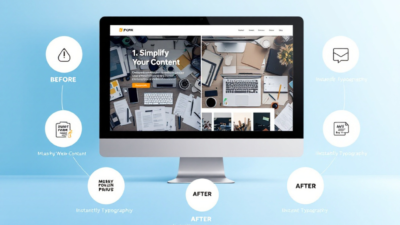Introduction
The Indian e-commerce landscape is witnessing unprecedented growth, with platforms like Meesho and Zepto achieving remarkable revenue milestones. This blog will guide you through building a successful e-commerce business from scratch, focusing on drop shipping. Whether you’re a seasoned entrepreneur or just starting, these insights will help you navigate the complexities of online business.
Understanding the Drop Shipping Model
Drop shipping is a business model where you sell products online without holding inventory. When a customer places an order, you purchase the item from a supplier who ships it directly to the customer. This model is ideal for those with limited capital and logistical constraints.
Key Benefits:
- Low Startup Costs: No need to invest in inventory.
- Minimal Risk: You only pay for products after they’re sold.
- Flexibility: Run your business from anywhere with an internet connection.
Finding the Right Product
The first step in drop shipping is identifying trendy, high-demand products with good margins. Platforms like Instagram, Facebook, Amazon, and Flipkart are excellent for spotting trends.
Tips for Product Selection:
- High Demand: Choose products that are currently popular.
- Good Margins: Ensure the products have a healthy profit margin.
- Impulse Buys: Focus on items that customers are likely to buy on impulse.
Building a Brand and Selling Platform
Creating a strong brand is crucial for standing out in the competitive e-commerce market. Your brand should resonate with your target audience and be easily recognizable.
Steps to Build a Brand:
- Choose a Memorable Name: Something catchy and easy to remember.
- Create a Logo: Design a logo that represents your brand.
- Consistent Messaging: Ensure your branding is consistent across all platforms.
Selling Platforms:
- Shopify: A user-friendly platform for building your online store.
- Reposo: A platform that merges social media ads with e-commerce, making it easy to navigate and buy products.
Finding a Supplier and Building a Website
Once you’ve selected your products, the next step is finding reliable suppliers. Negotiating better prices and ensuring easy collaboration is key.
Tips for Finding Suppliers:
- INDMART: A platform where you can find and negotiate with vendors.
- Quality Control: Ensure the suppliers provide high-quality products.
Building a Website:
- Functional Design: Create a user-friendly website on Shopify.
- SEO Optimization: Ensure your website is optimized for search engines to attract organic traffic.
Combatting RTO and Learning from Failures
Return to Origin (RTO) is a significant challenge in drop shipping. High RTO rates can eat into your profits and affect your business’s sustainability.
Strategies to Reduce RTO:
- Understand Your Customers: Identify why returns are happening.
- Improve Address Quality: Ensure accurate and verifiable shipping addresses.
- Outsource Shipping: Use services like Shiprocket to handle logistics efficiently.
Learnings from Failures:
- Experiment: Don’t be afraid to change your business model if something isn’t working.
- Start from Scratch: Sometimes, starting over is the best way to learn and grow.
The Truth About Drop Shipping
Drop shipping is not a zero-investment business. You will need to invest in marketing and manage RTOs effectively.
Key Takeaways:
- Invest Wisely: Start slow and spend wisely on marketing.
- Learn Entrepreneurship: Drop shipping is about learning all aspects of running a business.
- Find Support: Having a reliable team or partner can make a significant difference.
Conclusion
Building a successful e-commerce business through drop shipping requires careful planning, execution, and learning from failures. By understanding the model, finding the right products, building a strong brand, and managing logistics efficiently, you can achieve significant growth.





